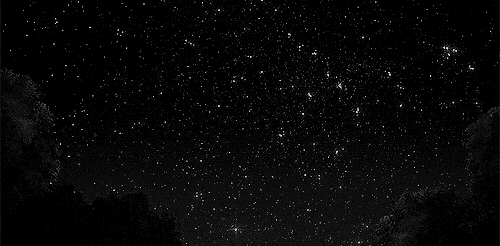Don't wanna be here? Send us removal request.
Text
The Occupational Perspective #1
The first module for my OT course was all about the ‘occupational perspective’. The course really stresses seeing the world from an ‘occupational lens’ - which pretty much means seeing the way people ‘do’ things and considering the howwhenwherewhy. The most important thing to observe through the occupational lens is the relationship between occupation and health. How does an occupation benefit or disadvantage the individual? What would the individual’s health be like without it?
Each OT module typically consists of a video lecture and a reading which I’ll break down in each post. All the titles of the readings and any literature I’ve used will be listed at the bottom!
Learning Outcomes
By the end of the module, we were expected to be able to describe an occupational perspective of humans and health as well as identifying the key differences between a biomedical perspective and an occupational perspective.
Perspectives
An occupational perspective of health involves viewing humans as occupational beings which have the need for and capacity to engage in and orchestrate daily occupations in the different environments over their life span.
The occupational perspective of health is based on evidence that people need meaningful and purposeful occupations for their health and well-being. It focuses more on what keeps people well, rather than what causes illness.
A biomedical perspective of health looks at the structure and function of the body, with most importance placed on disease and treatment. Essentially, the biomedical perspective supports the idea that all illness is caused by disease and the removal of the disease will result in health.
A biomedical perspective is seen in most forms of health care. Patients receive passive health care with minimal resistance; however, they are often dis-empowered through this process. The applications of a biomedical approach are limited in ways. Think of things that can’t be solved with medicine or diet changes.
Reading Notes - Virginia Dickie (What is Occupation?)
Think about what you’ve done in the last 24 hours. How did you do those things? And when? What did those things mean to you? How much attention did they require? Who was involved in them? At what expense did you carry those actions out? How have those activities changed over time?
All of those things that you’ve done - they’re occupations (eating btw is totally an occupation). Everyone, everywhere participates in occupations throughout their life. Funnily enough, different people can do the same occupation yet it may mean something completely different to each of them. This is because only an individual performing the occupation can know its true meaning.
Many occupations are ordinary and exist as part of day-to-day life (showering, driving, studying). Some are not. Occupations become ‘special’ when they occur infrequently, carry symbolic meaning or are given importance within routine (e.g. celebrating a birthday/anniversary or reading a child a bedtime story).
Occupations are a part of identity (Imagine giving up doing something that you love to do - reading, dancing, playing with siblings, chatting to friends) and are often good predictors of the activities you like to engage in.
Finally, occupation is a biological imperative. People have a ‘physiologically conditioned need’ to work as an act of self-preservation to meet survival needs. Cavemen had to hunt to survive. We have to eat to survive.
Occupations are also generally:
self initiated
goal directed
based on experience or observation
behavioural
socially valued
influential of health
essential to quality of life
classified as a from of either self-care, leisure or productivity.
Extra
During a tutorial, we went over the knowledge, skills and attitudes for competent practice. This includes
context of practice
person/occupation/environment relationship and health
relationships with clients and with other occupational therapists
knowledge of the therapy process
professional reasoning and behaviour
The End
Yay that’s all of module one done! Taking concise notes from the reading was definitely hard but I think I got everything I needed to. I’m also dead tired as I type this (lack of sleep is way too real imo) so that’s the end of this one for me.
Rest up guys,
Sai
Resources
Reading: Dickie, V. (2014). What is occupation? Pg 2-8. (From the textbook ‘Willard & Spackman’s occupational therapy’)
Occupational perspective: Australasian Occupational Science Center. (2008). Position Paper on An Occupational Perspective of health Found: https://ahsri.uow.edu.au/content/groups/public/@web/@chsd/@aosc/documents/doc/uow094068.pdf
#studyblr#studyblog#occupation#occupational therapy#studypost#study post#study session#occupationalperspective#OT#theotstudent
0 notes
Text
About this Blog!
Hey guys,
I’m a first year Occupational Therapy student. Instead of the typical note-taking on paper for my OT course, I’ve decided to start a blog explaining the concepts I’ve learnt and summarising my readings. If you’re an OT student, someone interested in learning about occupational therapy or just a goddamn student trying to get through uni without racking up too much debt and overdosing on coffee, this one is for you.
This blog is dedicated to my university experience - expect to see things about study, university, time-management, organisation and of course, occupational therapy.
I track #theotstudent
Happy studies,
Sai
#studyblr#studyspo#study motivation#studyspiration#occupational therapy#student#university#theotstudent#study blog
0 notes

